Agave is a plant that looks like a cactus. It grows in the wilds of Central and South America, and it’s most popular use is to make the world famous tequila.
Although very similar, agave is not a cactus, and has nothing to do with them. It belongs to the lily family, and now even has its own kind of Agavaceae, which includes more than 400 species of agave in its composition. In Mexico, 400 species are distributed in the group, of which nowadays only Agave Tequilana / blue agave / is used to make tequila. The first spirit that was made from agave is known as wine meskal and now the general category to which it belongs is known as tequila meskal.
Agave has fleshy leaves that are arranged as a rosette relative to each other. To get the sweet agave nectar, which is used as a sugar substitute, the core of the plant must be extracted and the juice is subsequently filtered and hydrolyzed. The resulting color may be lighter or darker, and this affects its taste. Light agave nectar has a neutral flavor, while darker nectars have caramel flavor and are sweeter. There is also a crude syrup from the agave, which produces a low temperature.
Aztecs knew agave first. They called it "a gift from the gods." Agave nectar has been used successfully for thousands of years to sweeten drinks. It was called "honey water" because it is sweeter than honey, but with a much thinner consistency.
Composition of agave
Agave nectar consists mainly of glucose and fructose. Fructose is very high, reaching 90%. Compared to other products used in sweetening, agave nectar has a very low glycemic index - 27. In a large amount of agave, there are vitamins A, B, C, D and C, and coumarins, alkaloids, estrogen isoflavones.
100 grams of agave contains only 0.15 g fat, 0.52 g protein, and 16 g carbs.
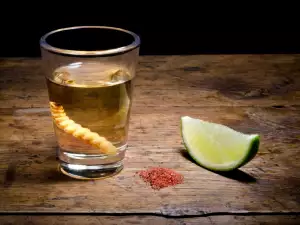
Selection and storage of agave
The syrup can be found in most organic shops, but its price is expensive - about 150 g is worth more than US$7. Store as directed on the label.
Agave in cooking
Agave Nectar is suitable for use by people on different diets - vegetarians, vegans and others. It is suitable for all those who seek a correct and healthy diet. The biggest plus of agave that has a very soft and natural taste, also degrades quickly and easily. There is almost no flavor.
Agave Syrup is taken as a substitute for sugar and honey. It has all the qualities to be a sweetener, but unfortunately can not completely replace honey and all the useful qualities in it. However, agave is a a great alternative for people allergic to honey.
Agave is successfully used as a sweetener in tea and coffee, is a component of various protein bars, flavor breads and cereal products, jellies, jams, yogurt, candy, desserts and pancakes.
The sweetness of the agave is 1.5 times higher than that of sugar. It dissolves very easily even in cold drinks. Most appropriate use for raw agave is to flavor desserts and smoothies, more than baked goods because the sweetness of the syrup evaporates.

Benefits of Agave
Agave is used in the treatment of many diseases of the digestive system, including ulcers and other inflammatory diseases of the intestines and stomach. Agave is useful in inflammations in the mouth. The plant has emollient properties that protect the mucous membranes and accelerate the healing of the body.
Agave is used in bronchitis, arthritis, eye inflammation, menstrual disorders, wounds and cuts. Agave mixed with pumpkin seeds and yellow chili mixture is very useful for people who suffer from repeated return of diseases once they have them defeated.
Agave has diuretic, antiseptic, anti-inflammatory, loosening and strengthening properties.
Dangers of agave
Although it offers a number of useful features, agave has some negatives. Firstly do not take agave nectar in large portions, and at once. Due to its high content of fructose, agave can cause medical conditions much easier than glucose.
This is because glucose is metabolized in every cell of the human body while fructose only in the liver. Consuming fructose products can help develop pathological conditions similar to diabetes. It can also lead to increased lactic and uric acid.
In severe cases, metabolic acidosis can be observed. Other adverse effects associated with excessive consumption of fructose are losing zinc, potassium, iron and magnesium. Fructose may increase the aging process of the squat.
All these effects can be avoided.
Consumption of 15 to 50 g of syrup per day is considered very safe, but notice - in people who do not suffer from liver disease and lead active lifestyles.

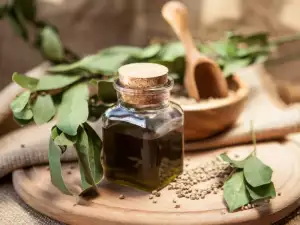



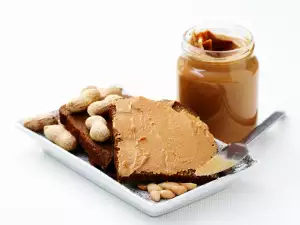

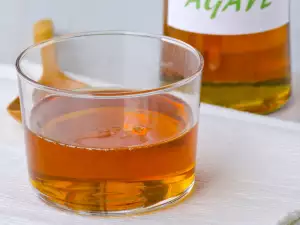
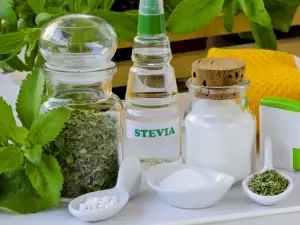
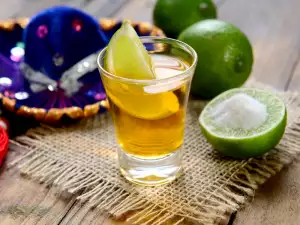








Comments